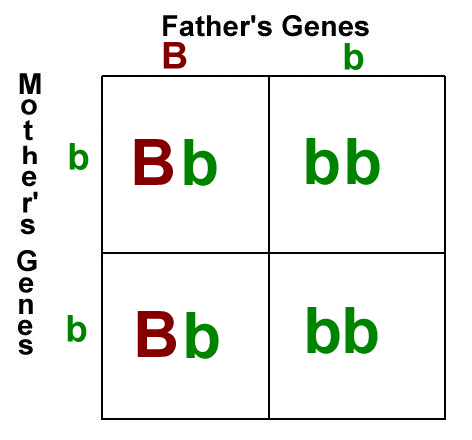I changed some of the standards around on my website so that each assignment only went for two, and all the standards are on there (except for SP5, which was on a test) Here's the link if you wanna check out my new and improved standards!
SP 4: https://sites.google.com/site/michelleshonorsbio/webb-science-practices-standards/4-analyzing-and-interpreting-data
SP 9: https://sites.google.com/site/michelleshonorsbio/webb-science-practices-standards/9-progress-of-own-learning-self-analysis
Also for all my HBs, I only have one 4, and it's 4/1 (because I wrote down a different answer than I circled on a test):
I can apply concepts of statistics and probability to explain the variation and distribution of expressed traits in a population.
And since I think I understand Mendelian genetics, I thought I'd just talk about them for a second. So most traits have multiple alleles, or genes that code for a specific phenotype (physical trait). The two alleles, or the genotype, work together to influence what something like eye color or ear shape would look like. So there are dominant and recessive traits. For example, in cats, a dominant trait could be black fur (B) and a recessive trait could be yellow fur (b). The dominant trait will show up even if there is just one allele for it, but the recessive needs both alleles to show. If a cat homogeneous for yellow fur (bb) mated with a cat heterogeneous for black fur (Bb) mated, there would be two distinct genotypes for their kittens: Bb and bb. This cross can be done with a Punnett square, and you would find out that 50% of the kittens would be bb, and 50% would be Bb. It's that easy!

No comments:
Post a Comment